It’s no question that show-creators Steven Moffat and Mark Gatiss — with Gatiss also starring as Mycroft Holmes — were a little ambitious with the design of the now-customary Christmas special, which is released around holiday time between seasons of Sherlock. Despite the alternate universe set in Victorian England, this quasi-special is curiously tied into the overall narrative of the show, although you wouldn’t really miss much if you skipped it — a fault in the storytelling perhaps?
The premise is deceptively simple; a vengeful specter, a bride who put a shotgun in her mouth, runs around London killing her husband and other men who wronged her. But it’s the surprising plot-twist that jets us back to the 21st century where everything gets a little more interesting.
Nostalgia is the word for the opening of “The Abominable Bride,” a near-perfect replication of the pilot when Sherlock Holmes (Benedict Cumberbatch) and John Watson (Martin Freeman) aren’t yet Sherlock and John, although our favorite high-functioning sociopath still loves beating corpses with riding crops. A wounded Army doctor with a psychosomatic limp, Watson eventually writes his adventures with Holmes as stories for The Strand, although he leaves out Mrs. Hudson (Una Stubbs) almost entirely.
Which is actually fine with her. “I’m your landlady, not a plot device,” she says in a nice rendition of her famous “not your housekeeper” line.
A shaky Inspector Lestrade (Rupert Graves) shows up in desperate need of liquor and explains how Emilia Ricoletti, who had killed herself after open firing at men on a busy street, came back to life long enough to shoot her husband. After visiting her body in the dingy and unsanitary morgue and seeing a masculine-dressed Molly Hooper (Louise Brealey) passing as a man, Sherlock is discouraged and passes off subsequent murders as copycats taking advantage of a story sensationalized by the papers.
We are often confronted with the plight of women. Watson even wonders aloud, “What one has to do in a man’s world,” to Hooper whom he alone notices to be female. But even he is like the typical man of that time, condescending to his housemaid and dismissive of his spy wife, Mary (Amanda Abbington).
Then, a client arrives at 221B Baker Street, and she tells them how she encountered the bride herself after her husband, Eustace Carmichael, had received an envelope of orange pips. Seeing that he has now been marked for death, she desperately needs Holmes’ help. A visit to Sherlock’s elder brother, Mycroft (Gatiss), is both great fun and a sober affair, as their interactions always are. Mycroft, whose fat suit clearly makes fun of the modern-day man’s concern for weight, gives his dear little brother some much needed wisdom and insight on their invisible enemy that “hovers at their elbows.”
“We don’t defeat them,” he says. “We most certainly lose to them. Because they are right and we are wrong.”
Sherlock’s biggest strengths have always been its witty scripts and rich cast, but the friendship between Holmes and Watson is what ultimately drives the show. And it’s interesting that Moffat and Gatiss chose a special to showcase this relationship and use it to delve into one of the biggest mysteries of the series—Sherlock’s total and utter desire to be alone.
“What made you this way?” Watson asks Holmes, to which he replies, “Nothing made me. I made me.”
Unfortunately for them, a plan to use Eustace as bait backfires when his body is found with a dagger to the heart. Shortly thereafter, Mary — who had been working for Mycroft the whole time — leads them to a secret society that has been aiding Emilia and using her ‘death’ to commit murders. As it turns out, Mrs. Ricoletti had not fired the shot at herself, but at the ground, starting an elaborate cover up involving a dead look-alike and some excellent makeup for her final confrontation with her husband. Knowing that she was dying of consumption and needing her body in the morgue for a successful ID, her faithful allies end her life and transport her body.
These diabolical tacticians are no less than vindictive suffragettes, including Watson’s maid (watch out John!) and Miss Hooper as herself. Sherlock’s heavy-handed monologue about the insignificance of Victorian women, especially in light of Sir Arthur Conan Doyle’s stories, spotlights the struggle of ignored and undermined women. It’s a little contrived and not nearly as clever of a plot that we’re used to seeing, a problem throughout the entire 90 minutes.
Good day for us, because everything that’s happening is the result of modern-day Sherlock’s drug-induced visit to his ‘mind palace’ after the events of last season.
Yes, the goofy Victorian tale is bereft without its sinister and deadly twist halfway into the special, which we begin to sense when Holmes finds a note attached to the dagger in Sir Carmichael, with an alarming “Miss me?” Now why does that sound familiar? Suddenly, the special is more about the real ghosts of Sherlock’s past, instead of the ones created by smoke and mirrors. A man seemingly back from the dead, this time with a death true to Conan’s stories, the villainous mathematician and Holmes’ archenemy: Moriarty (Andrew Scott).
In one of the first Inception-like moments of the special, we find ourselves back in Sherlock’s plane, the one he was jetting away in after being sent on a dangerous mission in the season three finale “His Last Vow.” It’s his punishment for killing blackmailer Charles Augustus Magnussen, all until TV screens in Great Britain are hacked to show a static image of Jim Moriarty, who shot himself on a rooftop with Sherlock in the season two finale. Apparently, after being informed of the situation in a phone call from Mycroft, Sherlock slips into his mind palace, à la to discover if, and how, Moriarty could have faked his death.
“Moriarty is dead, I nearly died to prove it,” he claims after practically overdosing from the amount of drugs he took prior to boarding his plane. Meaning, Sherlock merely placed himself in the midst of an old case he knew of from the 19th century, a bride who faked her own death with a shot to the head exactly like Moriarty, to discover how it could be done. The alternate universe and the real universe begin to blur after this point, with the fake Watson acknowledging that he’s in a story and fake Holmes acknowledging the real Holmes problems with Moriarty and having conversations with the man about faking his death in the 21st century.
It’s all painfully meta, and a little too confusing for first-time viewers, but veterans will delight in the Easter eggs and nods to the development of season four, which we won’t see until 2017 due to the actors’ busy schedules. Until then, the craziness of “The Abominable Bride” will have to tide us over.
“Is this silly enough for you yet?” Moriarty asks of Holmes. “Gothic enough? Mad enough?” Decidedly so.
For more film reviews and updates, follow us at www.mtsusidelines.com, on Facebook at MTSU Sidelines and on Twitter/Instagram at @Sidelines_Life.
To contact Lifestyles editor Tanner Dedmon email lifestyles@mtsusidelines.com.


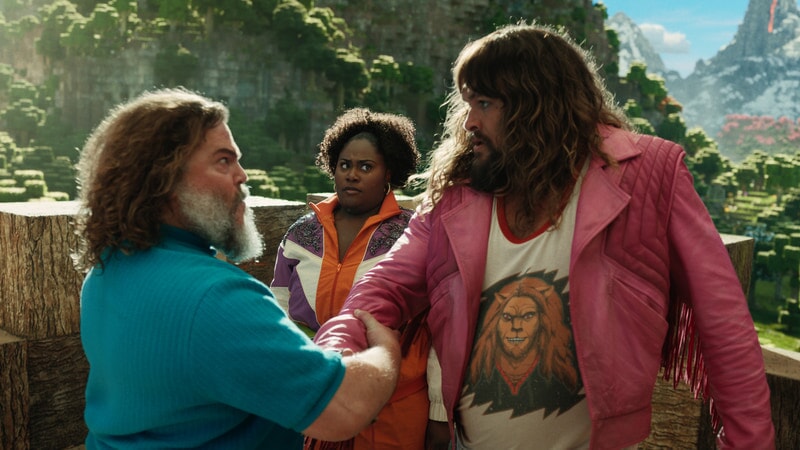
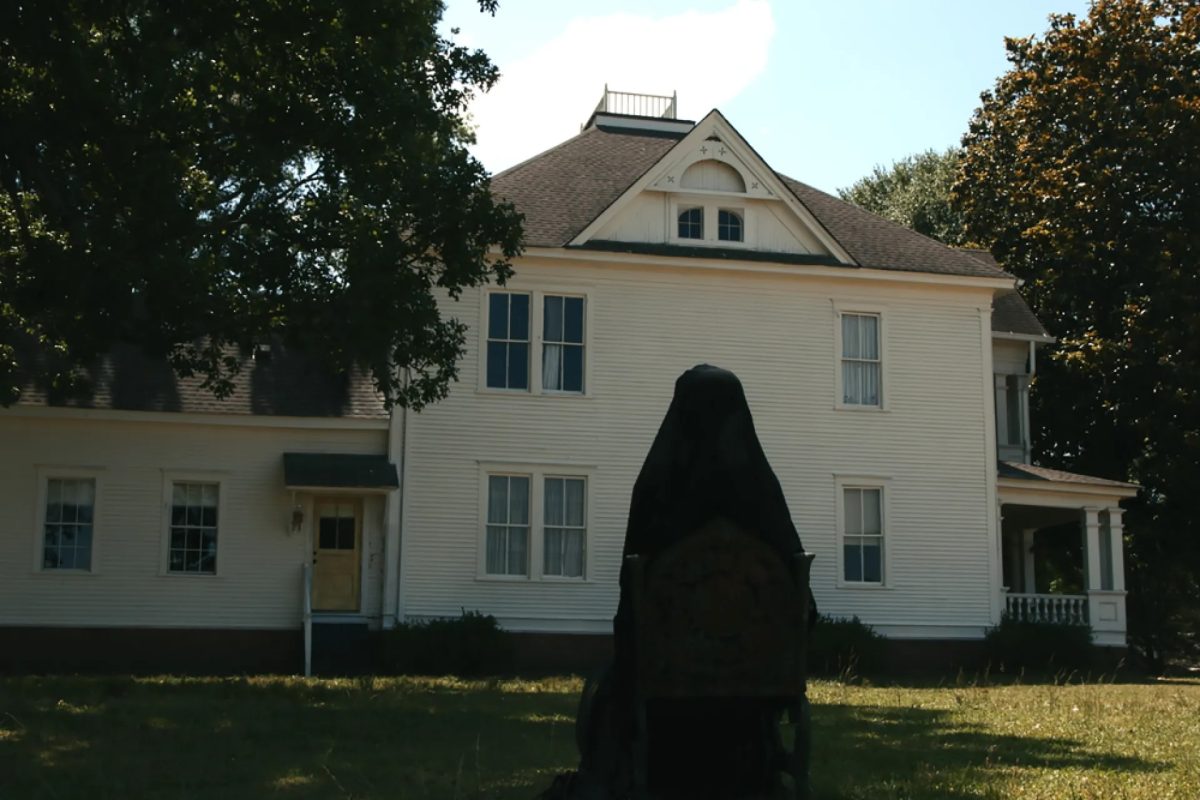

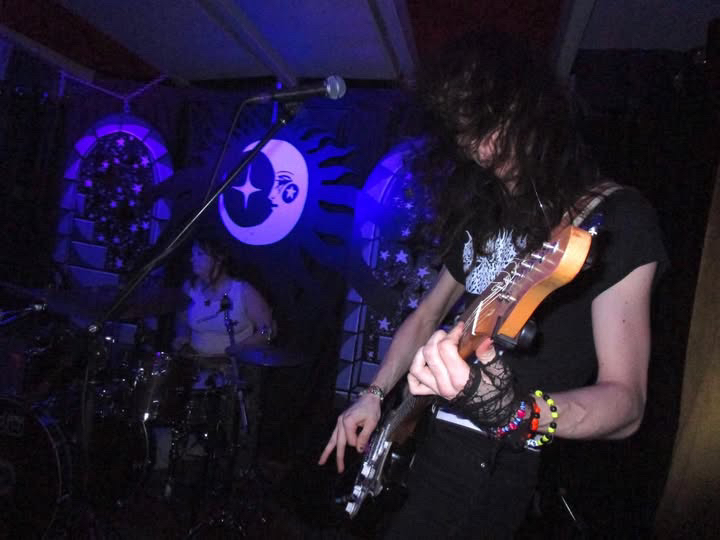


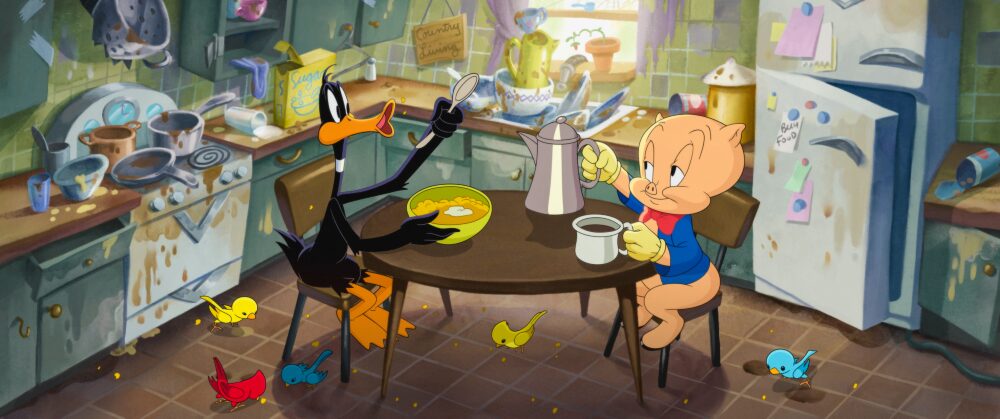
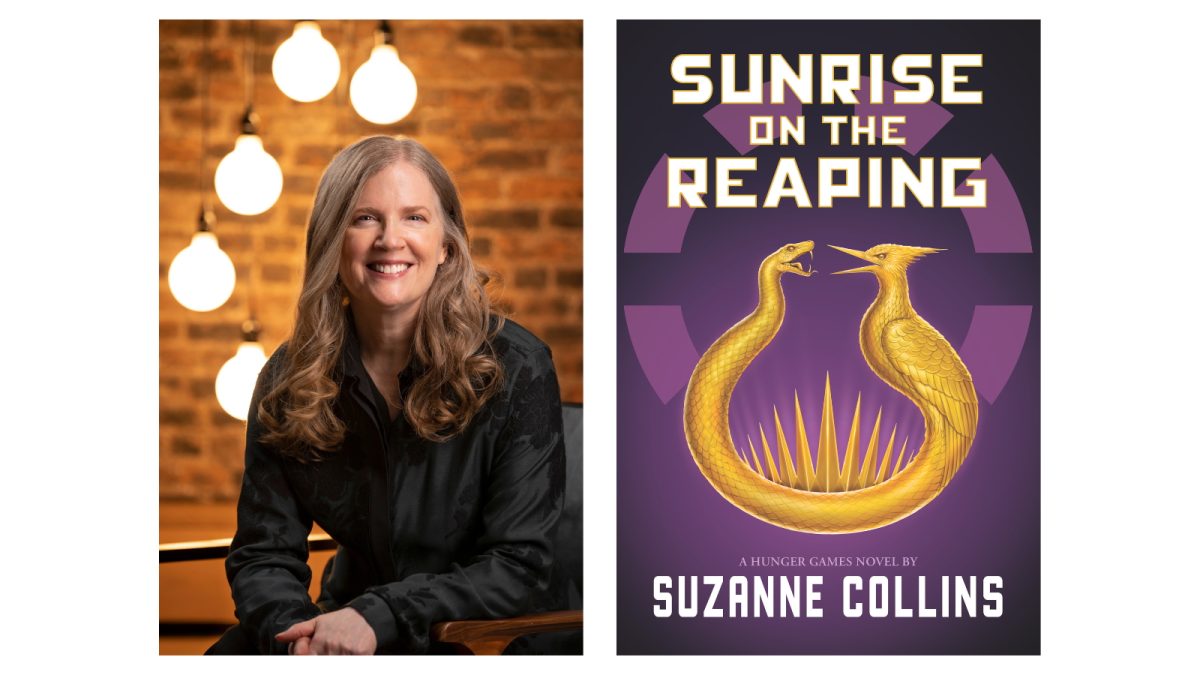

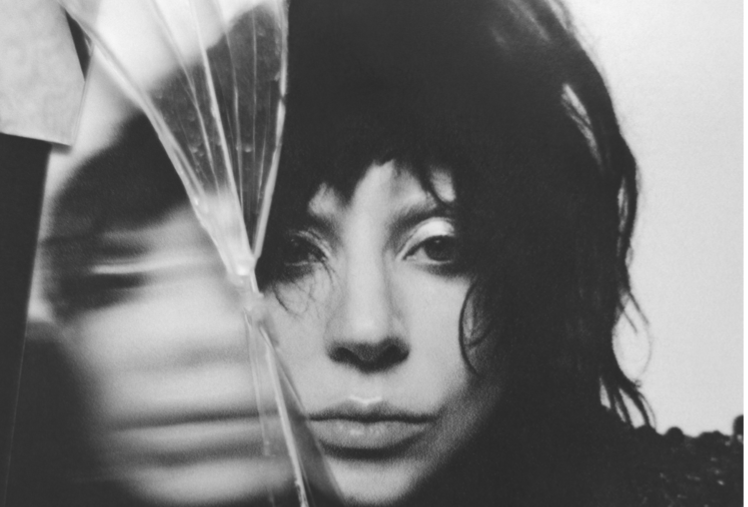
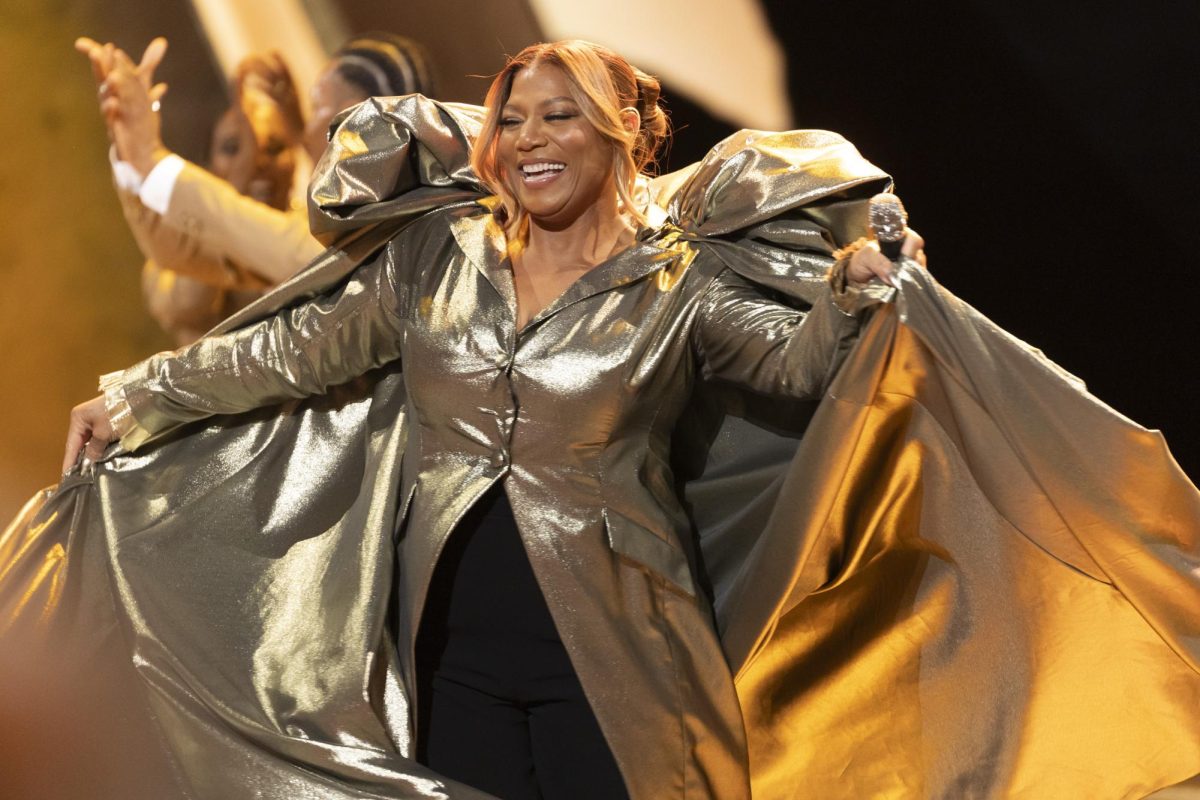

R • Jan 11, 2016 at 3:08 pm
Mycroft Holmes was obese in the original stories.